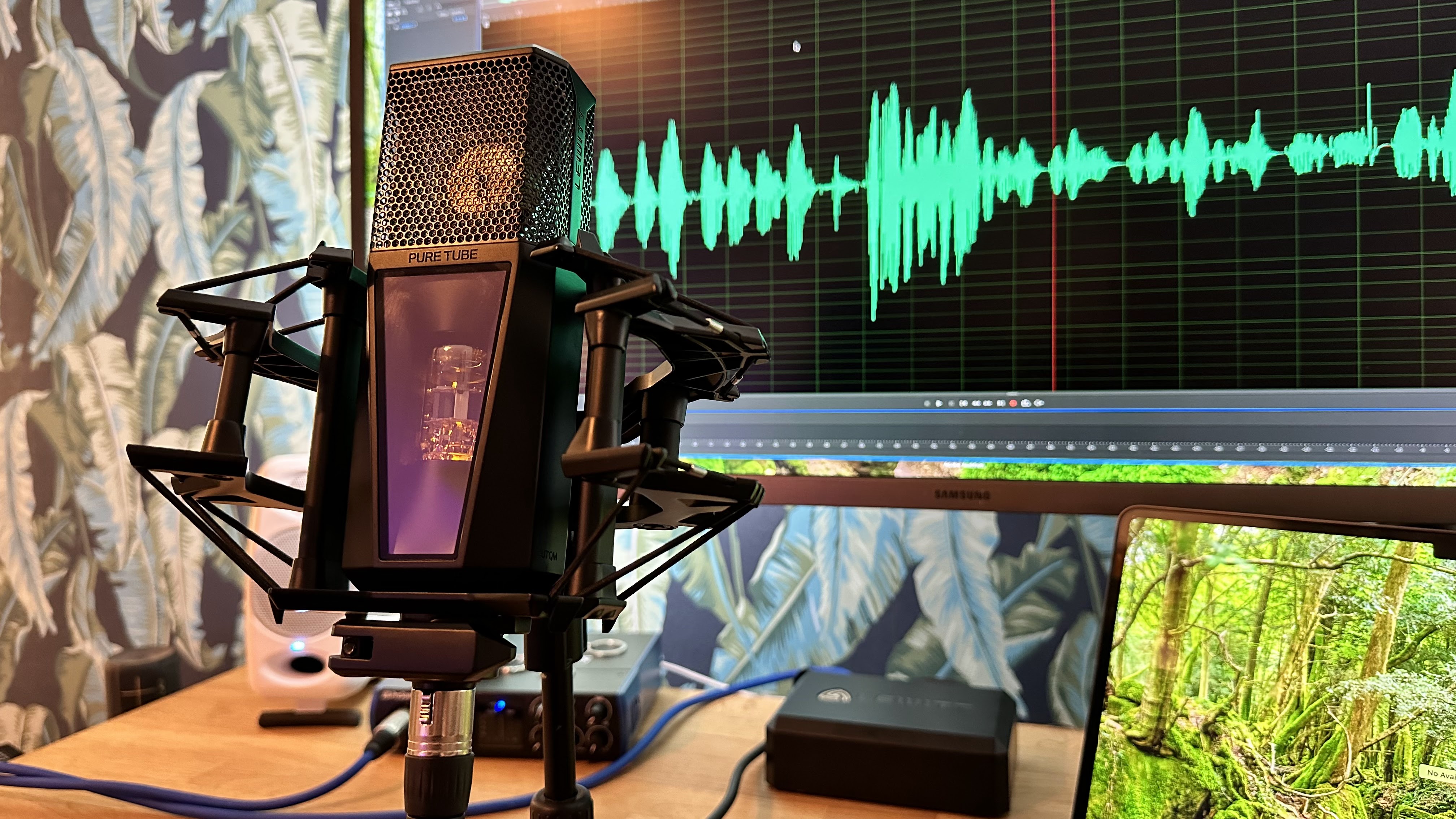MusicRadar Verdict
With a super low noise floor, and premium build quality, the Lewitt Pure Tube could be the tube mic you’ve been waiting for.
Pros
- +
Incredible build quality
- +
Great accessories included
- +
Virtually no noise
Cons
- -
Expensive
- -
Not the most versatile mic
MusicRadar's got your back
Lewitt Pure Tube review: What is it?
You’ve probably noticed, over the years, how a lot of music technology seems to be hell-bent on slavishly reproducing what came before it. Everything was better in the good old days, right? From vintage compressors or hallowed rackmount reverbs, lots of modern gear seems to be focused on giving people variations on what they’ve always had. But there is another way. Nod to the past, sure, but with an eye on the future. Enter Lewitt, the Austrian mic upstart, which instead of aping old or sought-after gear, seems to be going down the road of recognising the technologies that have got us to where we are, while also creating innovative products that punch well above their weight in terms of cost.
The Lewitt Pure Tube is a great example. Ask any guitarist about tube technology and they’ll get all misty-eyed about how modelling or digital versions will never match the sweet, sweet harmonics of a tube amp. What they may, or may not, also tell you is that tube amps are also noisy beasts, full of crackle and hum which usually gets drowned out by their instrument. Fine for guitarists, but not so much for vocals. And, while tube microphones aren't exactly new technology, they have traditionally faced those same issues. With the Pure Tube, Lewitt believes it has overcome these issues, meaning vocalists can access the sonic benefits of tubes without the drawbacks.
It’s quite a package too. Along with the mic itself, the bundle contains a hefty shock mount, a pop filter and a dedicated solid-state power supply unit for the mic. Standard 48v phantom power won’t do here I’m afraid. Everything comes safely packaged up in a mini flight case too, giving the whole set a highly premium feel. But how does it perform? Let’s take a look in our Lewitt Pure Tube review.
Lewitt Pure Tube review: Performance & verdict
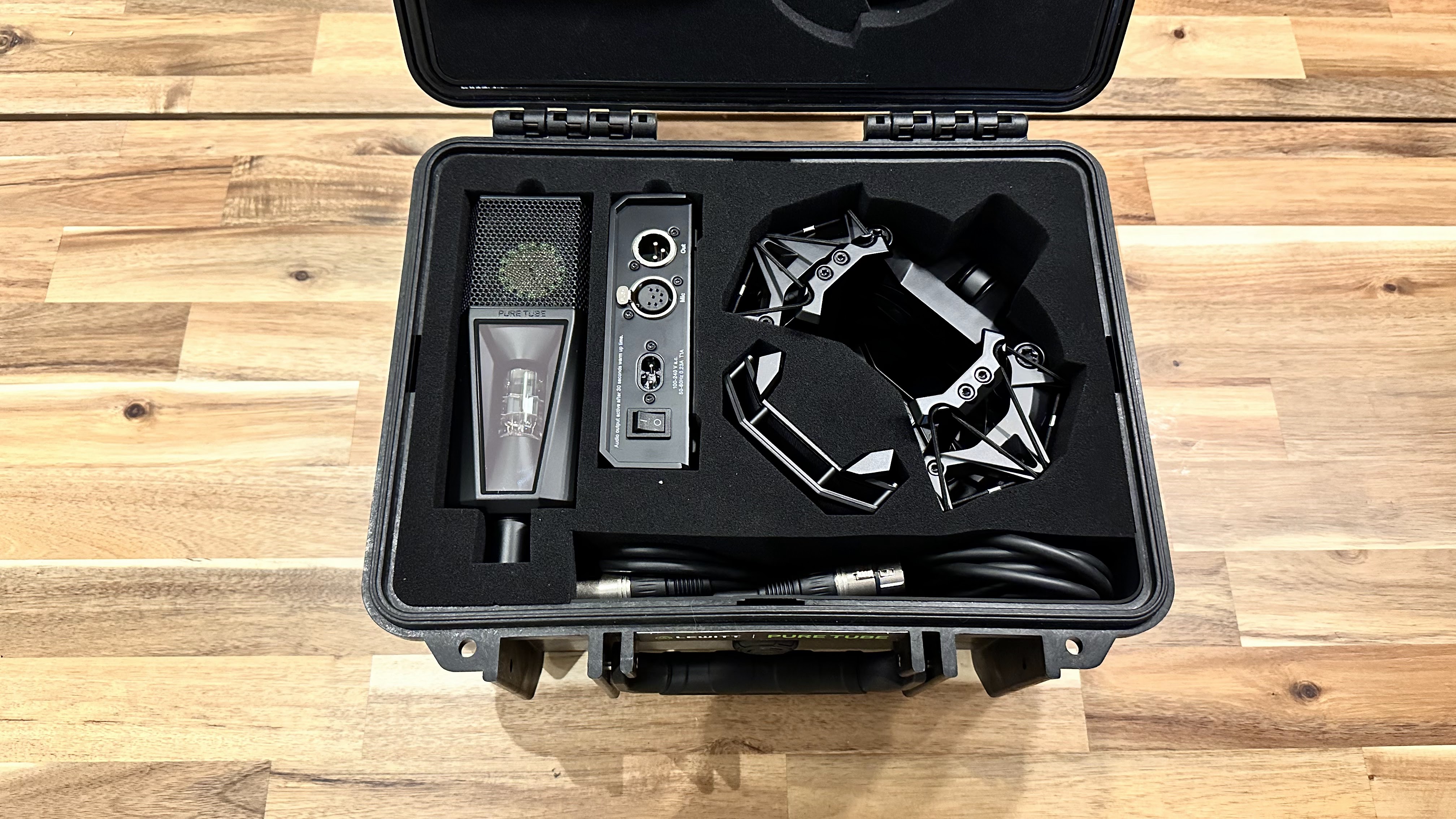
Once you’re past the theatre of the Lewitt Pure Tube’s unboxing - and it is very cool - you will appreciate all that protective foam and rigid casing isn’t just for show. This is a large, heavy recording microphone, in a way that’s almost at odds with the fragility of the 12au7 tube encased within. The included shock mount appears to have been given the brief of protecting the mic from the actual apocalypse, and it takes its role very seriously. So if rigid, robust and tough were on Lewitt’s NPD whiteboard at the start, they can congratulate themselves on achieving their goals. As a small point, a neat design flourish means the tube ‘glows’ when operational, although sadly I discovered this is an LED in the housing rather than the tube itself.
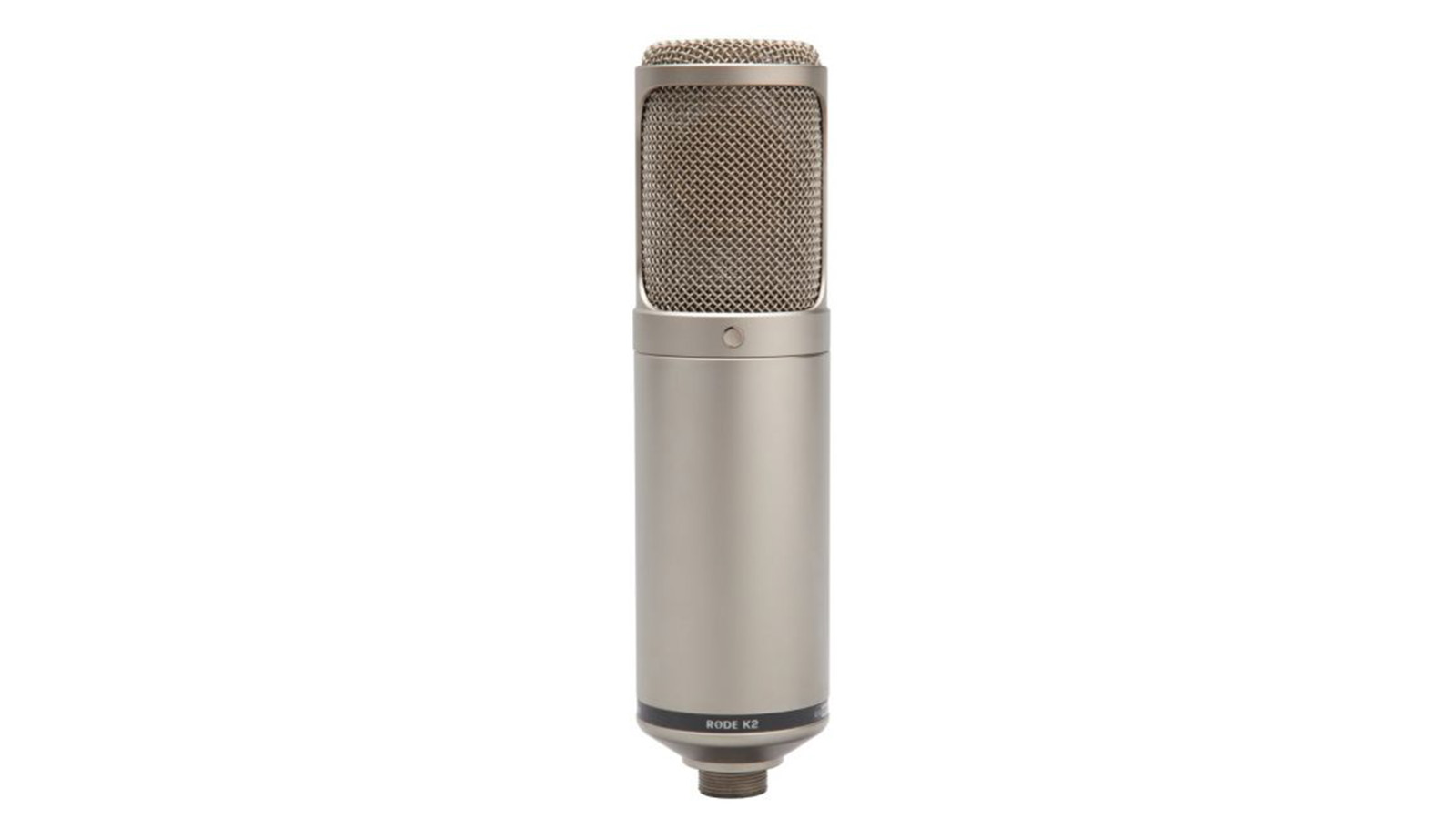
Rode K2
Sontronics ARIA
Warm Audio WA-47
Once you’ve got everything hooked up, you’ll see that - despite the price tag and the trappings - this is a fundamentally very simple microphone. Essentially what we’ve got is a fixed cardioid pattern, large diaphragm tube-powered condenser mic, which has been designed almost entirely for use with vocal applications. You can use it with acoustic instruments, and we did, but really the spoken or sung word is where this thing truly shines.
Where traditional condenser mics will rely on 48v phantom power for operation, the Lewitt Pure Tube instead comes with its own, separately housed, dedicated solid-state power supply. It’s like it doesn’t trust your faithful old audio interface to give it the juice it needs. You can blame the tube for that, and for the fact it requires an (included) 7-pin XLR cable to connect the power supply to the mic. You can however go with a usual 3-pin XLR from there to your desk or interface, though.
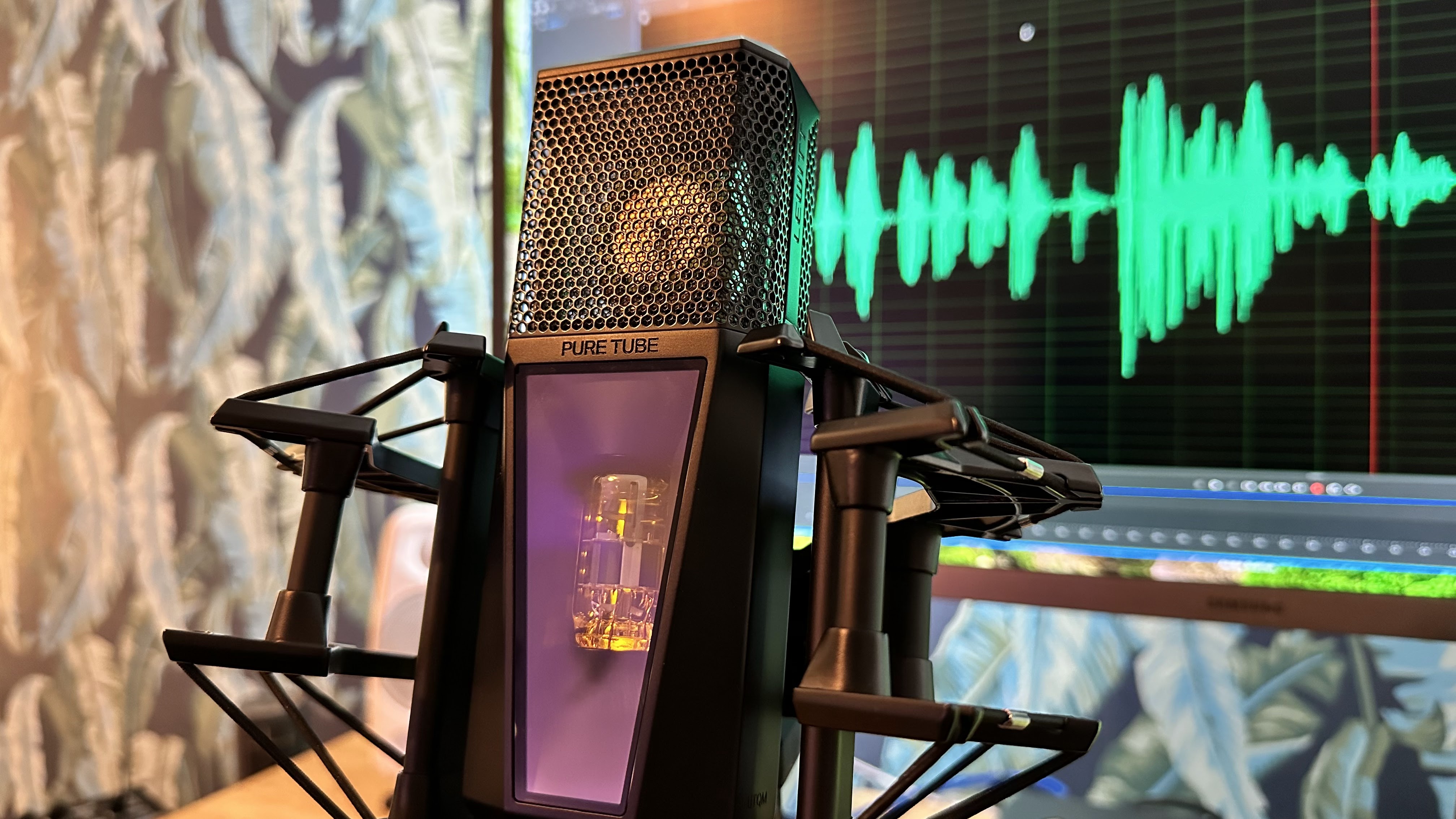
Audio performance is, genuinely, sublime. We tested a few voiceover reads, at different pitches and timbres, and found the Lewitt gave a smooth, rounded tonality with incredible detail. Unlike the famous Shure SM7B, the de facto podcast mic king, the Lewitt has a fairly flat frequency response, so it doesn’t offer too much in the way of colour of its own. This means it is also ideal for recording acoustic guitars, or even for use as a room mic when recording drums, allowing the character of the instruments to shine through naturally.
What’s really impressive with the Lewitt Pure Tube is its noise performance, or rather, its lack of noise. By doing away with semiconductors and capacitors from its signal path, and relying on that sole tube, it delivers an ultra-low noise floor. Working in conjunction with its 1” condenser capsule, this means the Pure Tube doesn’t need to push your preamps as hard to achieve a usable, clean signal, and low-level noise is kept to a super low level. It also opens up the possibility of using extreme compression in post-production, or adding multiple layers to a track, if that floats your boat.
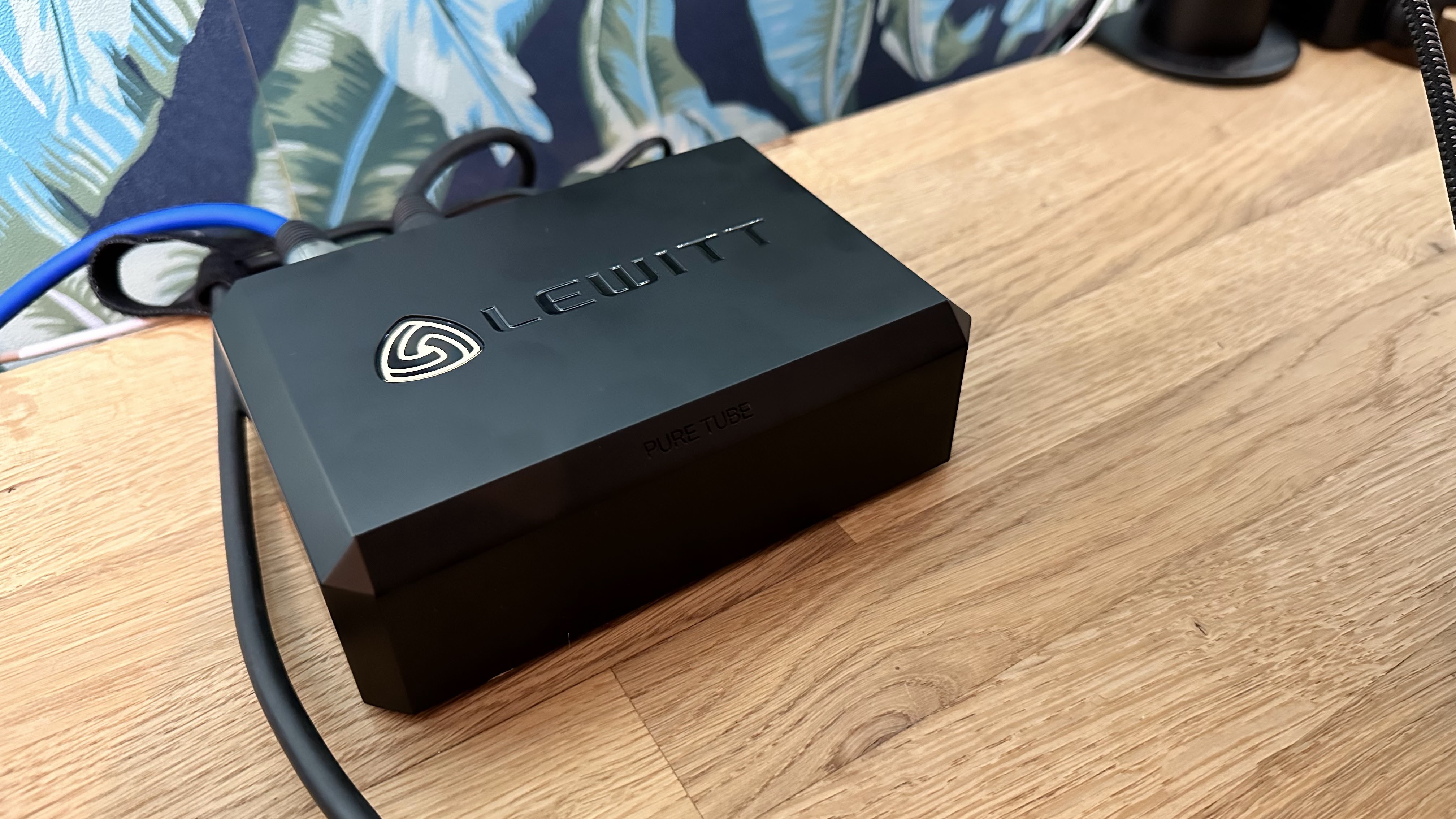
A final mention goes to the fact Lewitt is offering up a 10-year warranty with the Pure Tube, which shows they’re pretty confident in its long-term credentials.
To sum up, the Lewitt Pure Tube is one of the more interesting mics I’ve come across in recent years. Get past the stealthy, heavyweight industrial design and you have one of the simplest, best-executed condenser mics I’ve used in ages - tube or not. It’s not cheap, but it still manages to offer superb value across a range of studio and broadcast applications.
Lewitt Pure Tube review: Hands-on demos
Booth Junkie
Podcastage
ProAudioStar
Lewitt Pure Tube review: Specification
- Type: Condenser
- Polar pattern: Cardioid
- Frequency range: 20Hz to 20kHz
- Self-noise: 7 dB (A)
- Max. SPL: 132 dBSPL
- Connection: 7-pin XLR
- Size: 196x65x45mm
- Weight: 692g
- Accessories: Pop shield, shock mount, power supply, carry case
- Contact: Lewitt
Chris Corfield is a journalist with over 12 years of experience writing for some of the music world's biggest brands including Orange Amplification, MusicRadar, Guitar World, Total Guitar and Dawsons Music. Chris loves getting nerdy about everything from guitar and bass gear, to synths, microphones, DJ gear and music production hardware.
With its latest free update, Ableton has finally turned Note into the app I always wanted it to be
Technically capable, but struggle to make your tunes sound musical? 5 simple music theory hacks to make your tracks stand out
"Despite its size, it delivers impressive audio quality and premium functions as well as featuring a good selection of inspired sounds": Roland GO:Piano 88PX review
